written and researched by Maya Joseph-Goteiner & Orly Sibony
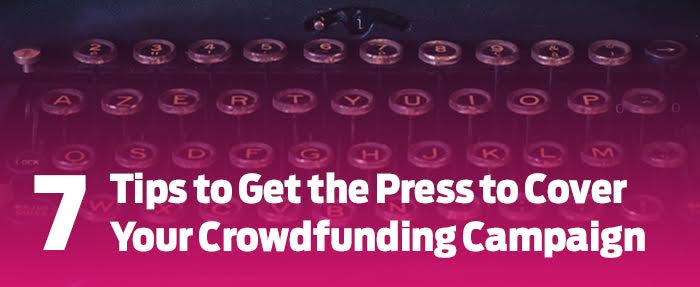
We want every campaign on Indiegogo to be successful. Our team is constantly researching the best ways for you, the campaigner, to find success and reach your goal. We always recommend taking the time to build a promotion strategy for your campaign, focusing primarily on rallying your community both online (via email and social media) and offline (via events, phone calls, or meetups). In addition to email and social media outreach, your strategy should also include a way to share your campaign with the media. Media coverage gives your community something to Tweet and post on Facebook, and publicly validates your campaign. Further, research has shown that posting press mentions to social media leads to more contributions. Developing an effective media strategy will ensure that you aren’t wasting too much time contacting the press and can focus on raising funds by email and social media.
But what if you don’t have media relationships or experience? Read on for the top tips we hear from campaigners and the press alike.
1. Pitch your story, not the campaign.
Crowdfunding campaigns are everywhere, but your story is unique. As Alison MacAdam of NPR says, reporters “want to know the whole story,” not just that you’re running a crowdfunding campaign. She explains:
Journalists have no interest in doing your PR for you. That’s why you need to offer a broader value proposition. What story can the journalist tell that is bigger – more universal – than your campaign?
Therefore, when writing your pitch, share your struggles and triumphs. How are you overcoming obstacles to reach your idea? Alison suggests:
A good story has to have a compelling question. Not ‘Here’s a person, here’s a place.’ Instead, is your story a journey? Is there a trajectory? Is there some forward motion that makes me want to stay through the end because you’re going to reveal something or make me learn something?
Your campaign should be integrated as a thread in the narrative of your story.
2. Target local media first.
Media breeds media. When you pitch your story to larger media outlets, they’ll look to see who else has covered it. Since larger media doesn’t have local boots on the ground, they look to local media for interesting leads. If you have local or smaller media coverage, then larger media will consider covering you too.
When Karyna Laroche ran her Indiegogo Life fundraiser Trip of a Lifetime!, her initial media strategy didn’t work. She shared:
I started targeting media with the greatest viewership, then I focused on local. If I did it again I would do the reverse. Start locally, then go broader.
The greatest impact came from being featured on her local news station’s 6 o’clock broadcast. Donations poured in as a result.
I reached my goal exclusively through local donations. I shouldn’t have wasted my effort on national news. People relate to a local story.
Photo credit: CTV News Ottawa
If you’re having trouble or just want more ideas, USNPL and Station Index are both great resources for finding local media outlets by state.
3. Research journalists to determine who you should contact.
Instead of contacting tons of journalists, target those who have covered topics related to your campaign and your story. They’re more likely to be interested in your campaign, and want to cover it. While reading articles and Tweets relevant to your story, take note of who is writing and commenting on this topic.
Then, identify each journalist’s preferred mode of contact and communication, and use it to contact them. For example, many journalists are very active on Twitter, and respond quickly to Twitter direct messages or @ mentions. That’s where Holly Moore of USA Today prefers to communicate, as well as search for stories. She explains:
Most ideas come from social— that’s where conversations are already taking place.
Campaigner Ryan Moore (no relation to Holly) called Twitter direct message “the most amazing way to contact somebody” while he was running and publicizing his campaign A Year Without God: The Documentary.
You can use the site ANewsTip to find relevant journalists by what they Tweet.
Photo credit: Andrew P. Scott, USAT
4. Reach out to influencers, not just media.
Target major influencers with large social media followings who are interested in your campaign’s topic, and contact them via social media. They may share your campaign with their followers.
For example, Amy Poehler’s Smart Girls featured the campaign Miss Possible: Dolls to Inspire Across Generations on their Facebook page. This one Facebook post brought in over $10,000 to the campaign in one day!
5. Pitch earlier rather than later.
Start pitching your story as soon as your campaign launches, or even just before. Certain publications are published less frequently (weekly or monthly, for example). It will take longer for these types of publications to be able to cover your story. And if a daily publication is interested, they may have to delay your story due to breaking news. Therefore, to ensure your story is shared while your campaign is active, pitch as early as possible!
Also, take events into consideration for your timeline. Are there major upcoming events that the media will cover, like holidays, elections, or sports finals? If so, send your pitch even earlier, way before these events.
6. Include high-resolution photos and contact information in your pitches.
Save journalists some time. Give them everything they need to tell your story, including high-resolution photos, your campaign’s link, and several ways to contact you, such as an email address, phone number, and Twitter handle.
For example, Ryan styled his pitch to publicize A Year Without God: The Documentary after a Wikipedia page, limiting it to one page and adding photos and a poster for his film.
If you’re pitching the press once your campaign is live and receiving contributions, you should include data from your Indiegogo dashboard, as well as any past press you’ve received, so that journalists will have plenty of information to include in their features.
7. Reach out again every time you hit a campaign milestone.
A successful campaign may be more interesting to certain journalists than a brand-new campaign. Therefore, every time your campaign reaches a certain amount of funds raised or a certain number of contributors, pitch the same journalists again. Examples of milestones may include getting your local press to cover your story, reaching 25%, 50%, or 100% of your campaign goal, or a Tweet from a celebrity.
David Heath of BOMBAS: Better Socks. Better World. Bee Better. got more media mentions using this tactic.
With every milestone achieved, we reached out to the same media list. For some we didn’t hear back at $20K, but we heard back at $100K.
With a strategy in place and these 7 tips to guide you, you’re more likely to get the press interested in your story. All it takes is one press mention for your campaign to gain traction and reach more media outlets. Remember that although having an effective media strategy is key, it’s important to balance your time between press, email, and social media. Next steps: download our media outreach worksheet, and get to work implementing these techniques!
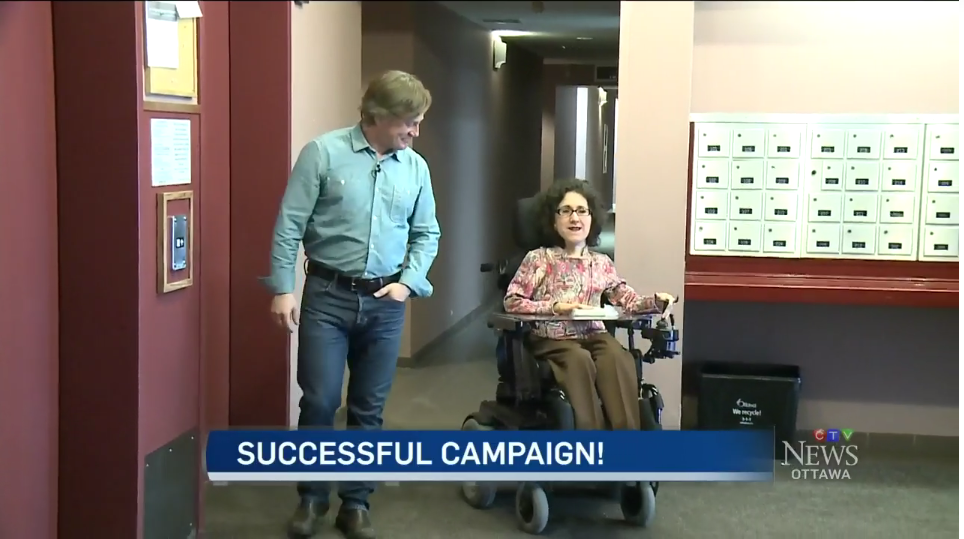
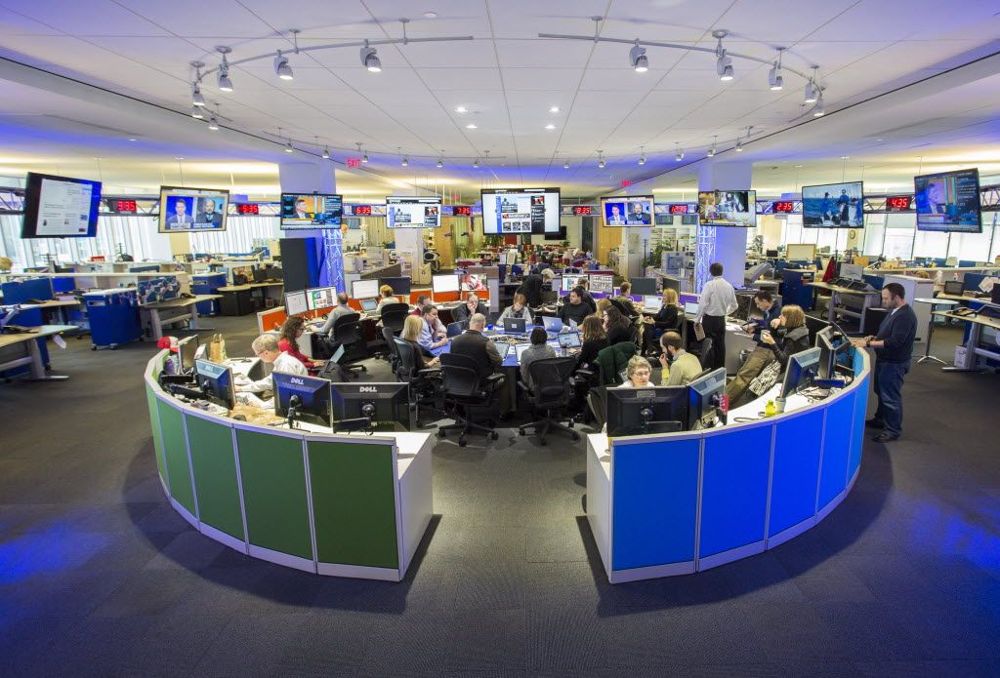
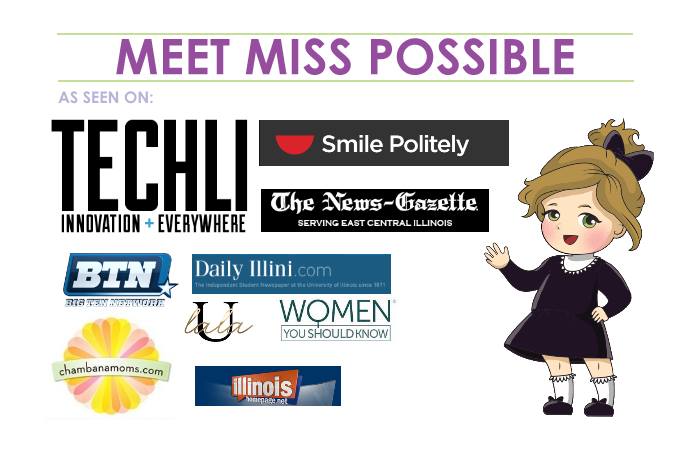
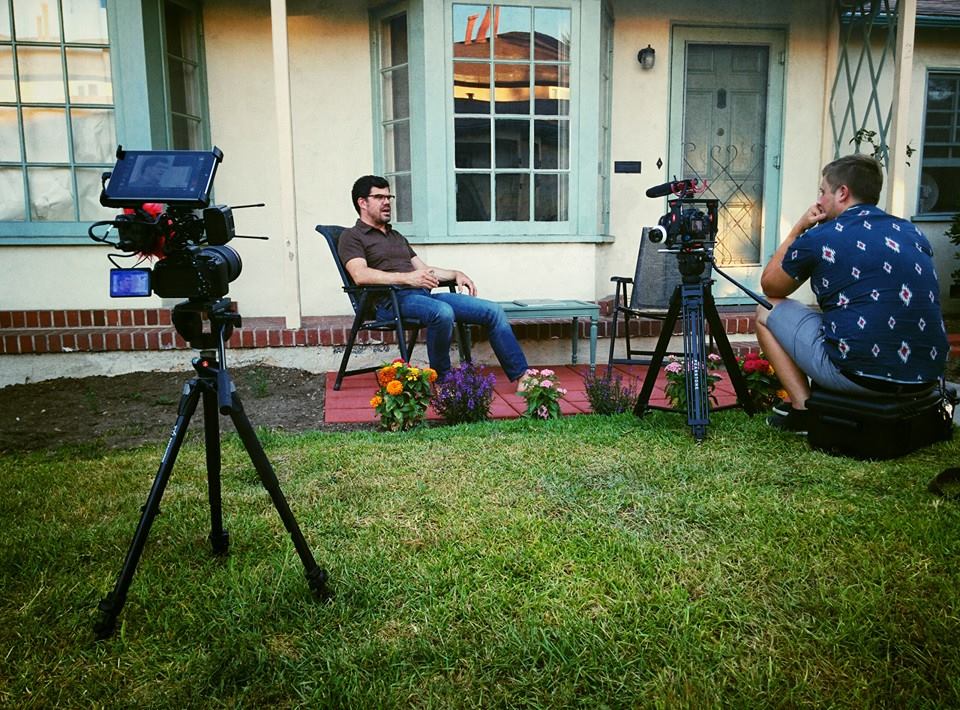




Interesting info, be part of something amazing, check out this campaign https://igg.me/at/actsofresistance
Information doesn’t help me find local Canadian press. I tried contacting one who used to be local. He told me if he did it for me, he’d have to do it for everyone.
You don’t post medical campaigns at all, so people like me don’t have any help. The promoters on Twitter post your campaigns, but you have to pay, and they’re not successful.
I have 3 and a half weeks to come up with just $225 for a mobility scooter rental, and I only got a $5 online donation about a month ago. I’m not having any luck online, and have run out of offline contacts, I’ve had 3 help me. That’s why I only need $225 instead if $400.
Please read my campaign story, read the updates as well, and please consider donating. You would beaking a major difference in my life.
https://www.generosity.com/medical-fundraising/6-week-mobility-scooter-rental/x/2510146
Thanks for the great press tips! Please help support & spread the word about the short film ZENITH: about an adopted Black Mennonite Female whose life changes when she meets a stranger. We only have a few weeks left for the Indie-Gogo Campaign: https://www.indiegogo.com/projects/zenith-a-columbia-university-thesis-film Please visit our facebook page: https://www.facebook.com/zeniththefilm2016/
Contact us at: zeniththefilm@gmail.com
thank you!
IS’NT THIS SOMETHING NEW ? https://www.facebook.com/ImRisingNow/
Very informative article. One question I have is how to get press coverage before launching the campaign and then again when the campaign is launched. We are hosting an amazing prelaunch giveaway contest to invite shoppers to iBuySell before the launch of our Indiegogo campaign starting on April 19th. If you are interested you can checkout http://www.ibuysellapp.com
Give now!
Aren’t you tired of comic book characters? Hungry for some adult heroes? Help us make MOSAIC, a Suspense Thriller! https://igg.me/at/MOSAICSuspenseThriller/x/1058965
https://bit.ly/cooperwatches
These are all great points to be made. It may depend quite a bit also on what kind of crowdfunding campaign you’re running. How you pitch your story and which channels you go through. You can also find a few tips here as well, which may help with your campaign. https://www.thrinacia.com/blog/post/crowdfunding-secrets/1318
Help injured Vet:
(https://www.indiegogo.com/projects/george-w-bush-sen-skelos-steals-the-day/x/10860179#/)
Senator Dean Skelos: “Stop me if you can!”
(https://www.indiegogo.com/projects/george-w-bush-sen-skelos-steals-the-day/x/10860179#/)
Raping the public – in broad daylight,,,
(https://www.indiegogo.com/projects/george-w-bush-sen-skelos-steals-the-day/x/10860179#/)
Help make it happen for Market Revolution: RREVERSE.COM on @indiegogo https://igg.me/p/1534385/twtr
Awesome. I’ve been looking for an article like this! #crowdfunding #press
YOUNG MOTHER OF 5 NEEDS HEART SURGERY!
My daughter 26 year old Dana Calloway was recently hospitalized with a Pulmonary embolism (several blood clots in the lower quadrant of her lungs) While treating the Clots with a heparin drip the nurses realized that every time She got out of the bed her oxygen dropped dangerously low. As low as 70 at times. Every single time in the past year when she went to the emergency room she would tell them that she has a hole in her heart. They never took it seriously. Dr’s have said, oh yes you do but it’s not something that needs to be taken care of right now,you’re young! When she was admitted to the hospital this last time they still didn’t feel the need to have a cardiologist see her until day 9! Finally, the Pulmonologist and Cardiologist both agreed that the reason for her hypoxia was the hole in her heart! She had to almost die for them to do something! Young people need to have more testing when a heart murmer is heard!!!
The community has raised $1298.00 on Gofundme https://www.gofundme.com/danacalloway to help reach our $3,000 goal].
We ask for your support in bringing awareness to young adults with a PFO (Patent foramen ovale) before another young person almost loses their life!
Please let me know the best next steps. I’d welcome an opportunity to schedule an interview.
Best,
Dana Powell-Settle
Columbia Maryland
danapose@yahoo.com Cell: 443-858-3084
https://www.gofundme.com/danacalloway
Please kindly help me a poor widow to complete my uncomplrted house
Nice article, helps a lot.
Great advice and thank you for the worksheet!
Such a great ideas! Will take them in mind while creating the IndieGoGo SSP campaign in Nov. We’re building a next generation HYBRID AIRCRAFTS.
Help us reach our goal and check us out > https://www.skyshuttleplane.com
Please Help disman relocate to kenya
HELP HOMELESS DISSABLE CHILDREN AND ALL KIND OF THEM .GOSPELSPREADER OUTREACHES
Help a young cancer survivor get the dentures she needs https://igg.me/p/1412535/twtr/11951396
Please help our campaign meet our goal, Helping Hands Around The World. Visit our website http://www.helpinghandsaroundtheworld.com. Contact us at helpinghandsaroundworld@gmail.com
can you help us with Building a Professional FIFA Soccer Stadium in the Country of Belize, Building the stadium is one thing but what it will do and bring to the country is the most inportant thing, employment, tourism, and the other thing is that the country of Belize will for the first time host international FIFA Soccer games please support us. https://igg.me/at/6nz7b34d4ig/x/4921364
help my campaign to achive our Goal, Need home for orphan
Need Home for Orphan
your little Donations can Bring unlimited happiness and huge difference in many Orphan’s Lives, kindly consider and support our constructing project
contact : immanuel771@yahoo.com
please make my dream come true